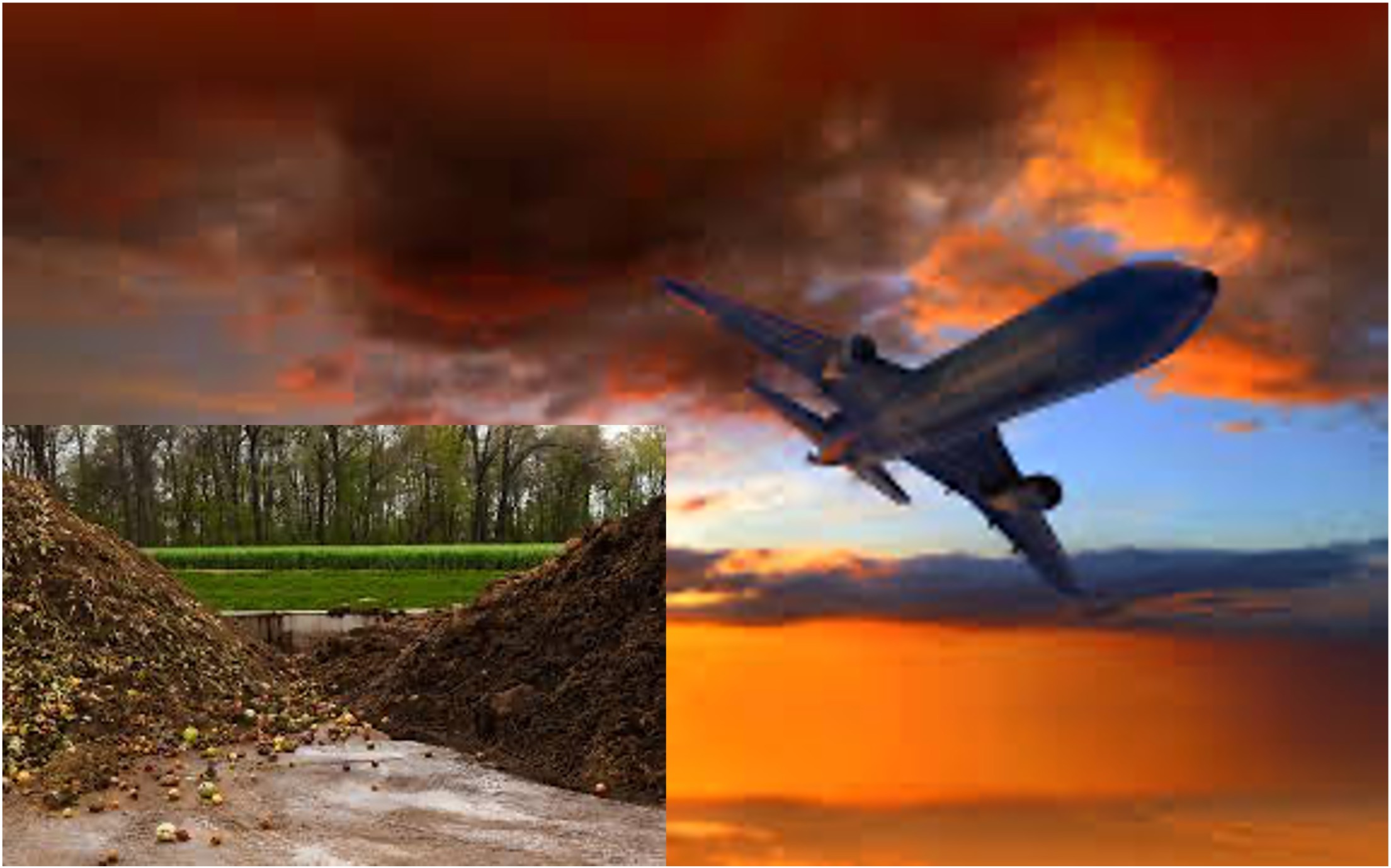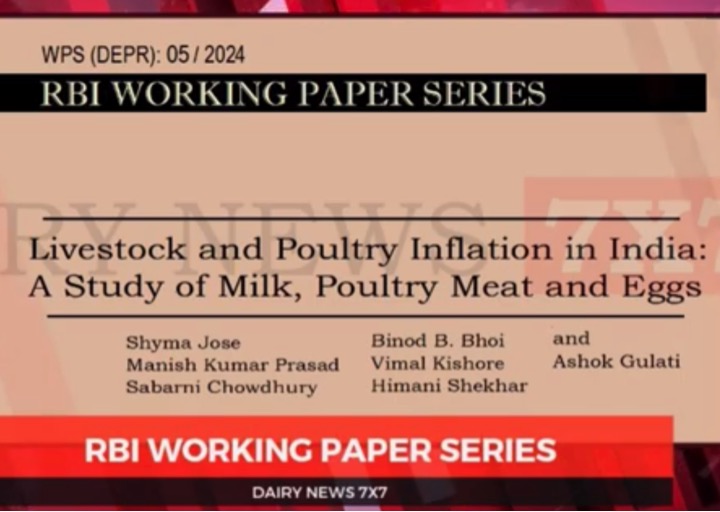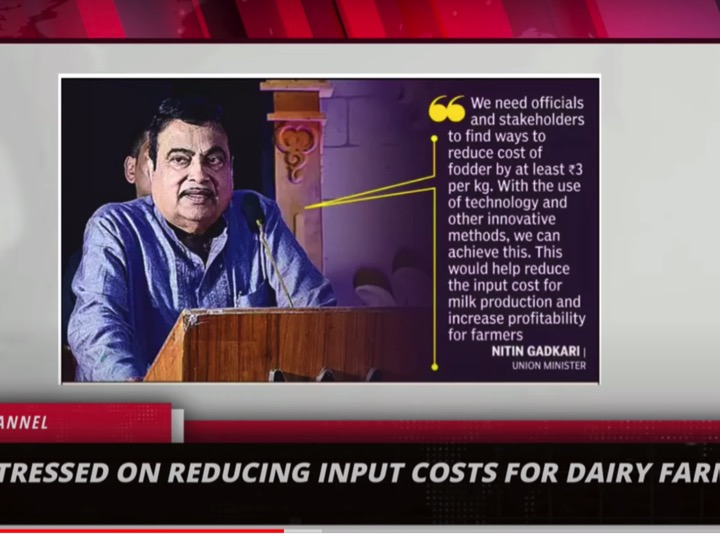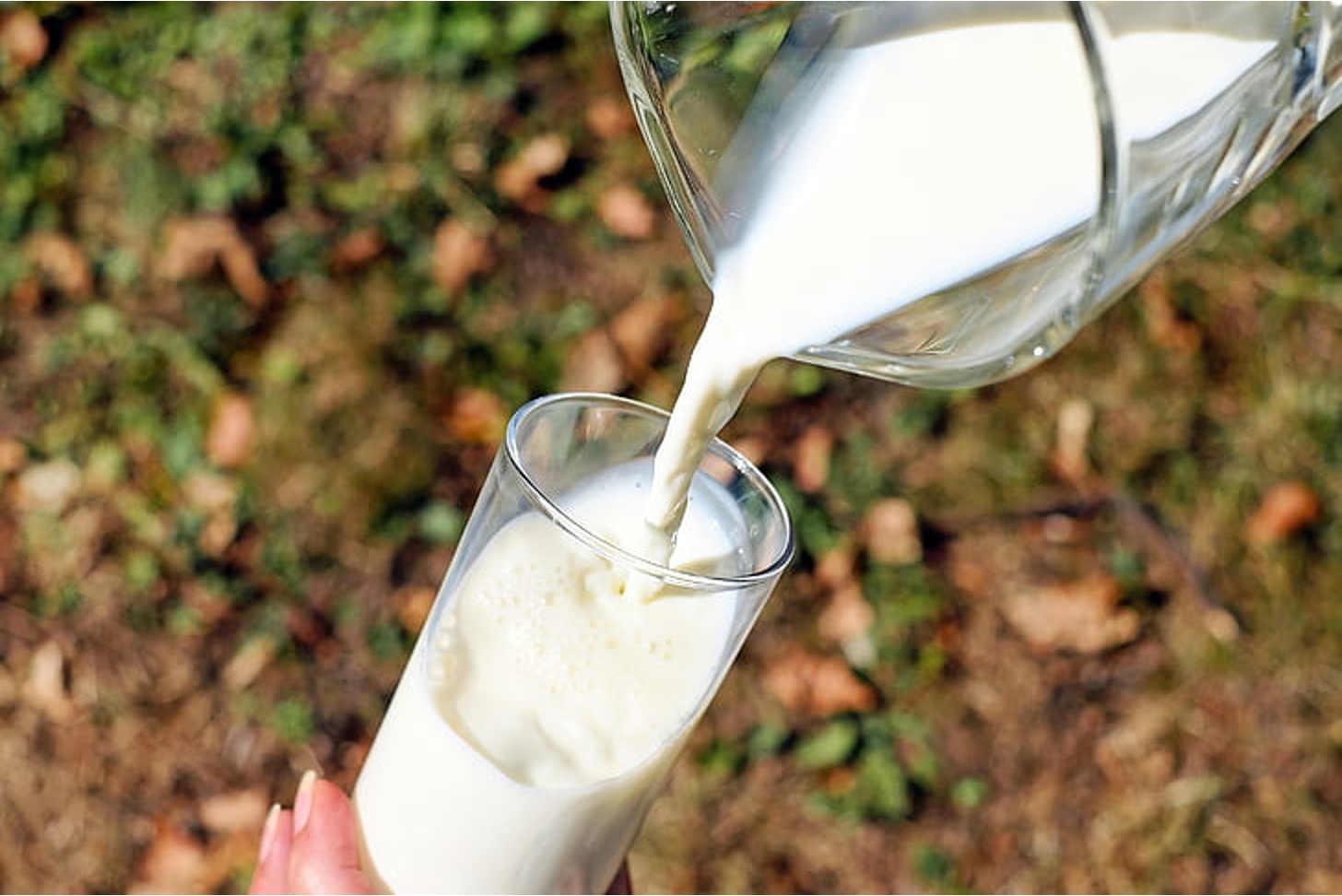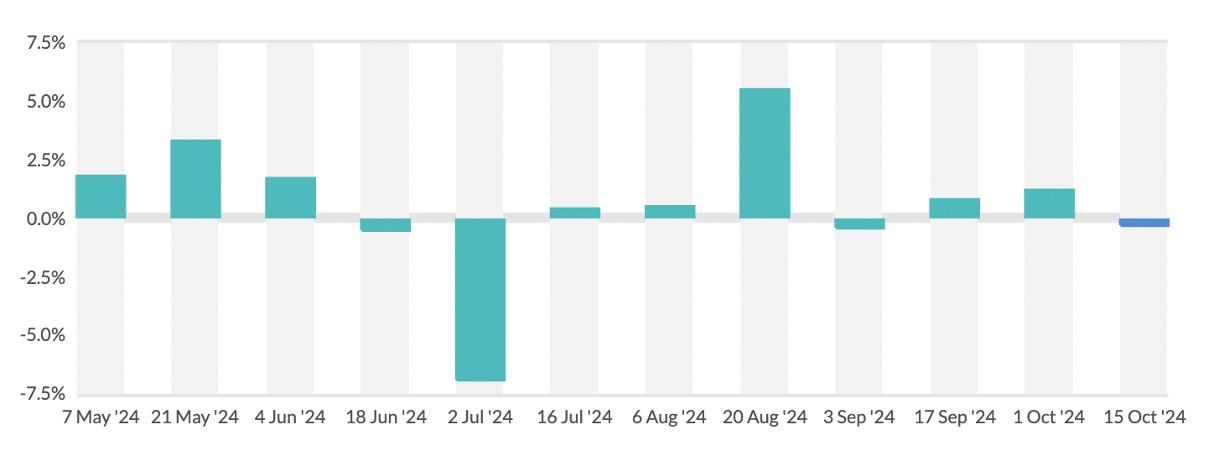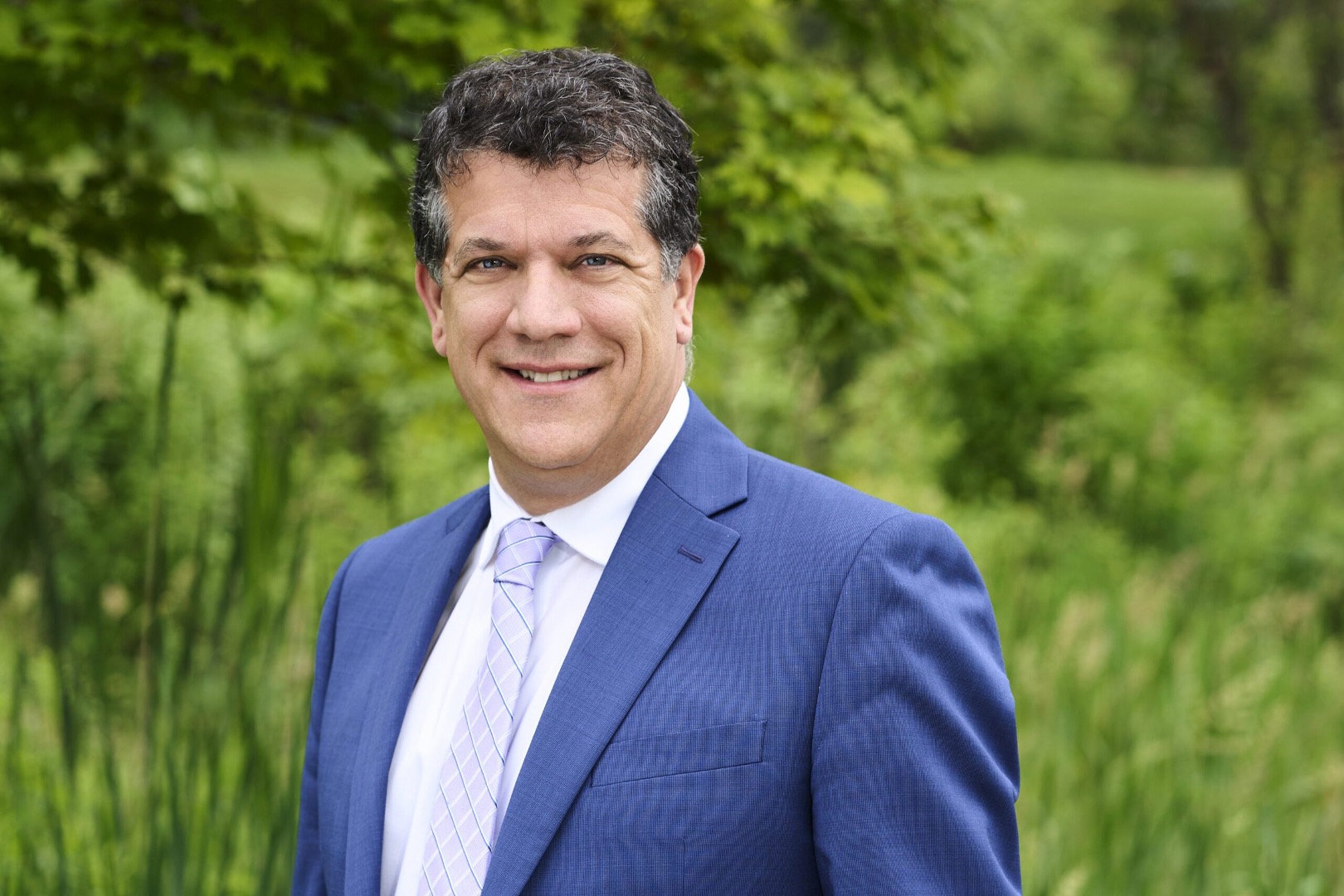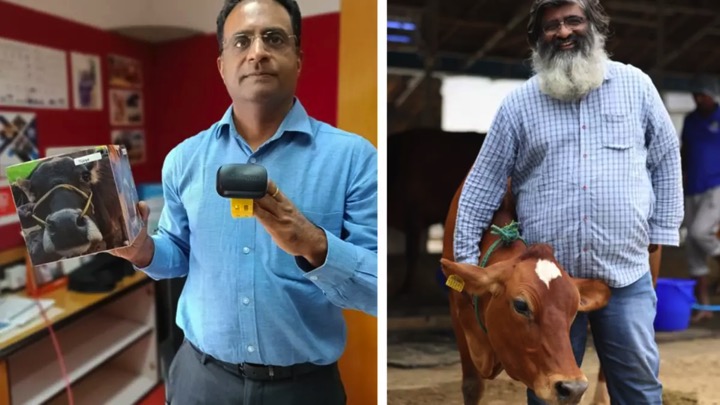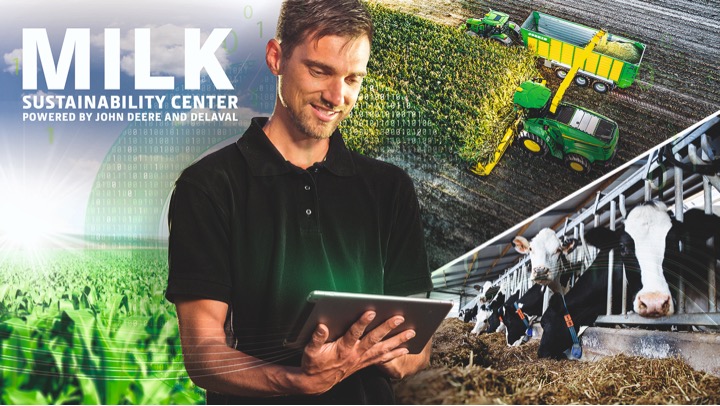When you think of biofuels, your first thought probably isn’t about dairy farms.
Well, think again, according to scientists at the U.S. Department of Energy’s (DOE) Argonne National Laboratory.
They’ve developed a new technology using methane digestion that creates cost-competitive sustainable aviation fuel (SAF) that could reduce emissions in the aviation industry by up to 70%.
Instead of relying on more conventional resources like fat, oil and grease, Argonne scientists used carbon-rich wastewater from breweries and dairy farms as a feedstock for their innovative technology. In a key advancement, the technology strips organic carbons from these high-strength waste streams that are otherwise difficult to treat cost-effectively.
“Both wastewater streams are rich in organics, and it is carbon-intensive to treat them using traditional wastewater treatment methods,” said study author Taemin Kim, an Argonne energy systems analyst. “By using our technology, we are not only treating these waste streams but making low-carbon sustainable fuel for the aviation industry.”
Made from renewable materials like biomass and agricultural waste, DOE said SAF has enormous potential to decarbonize the aviation industry — but widespread adoption has yet to take off, making up less than 1% of the fuel used in the industry.
“Producing SAF that is more energy efficient, cheaper and cost-competitive with fossil-based jet fuel is critical to widespread commercial use,” DOE wrote.
New research shows that novel methane arrested anerobic digestion technology converts high-strength organic wastewater into volatile fatty acids, which can be upgraded to SAF. As key precursors for SAF production, volatile fatty acids can play a critical role in decarbonizing the aviation industry, said Haoran Wu, an Argonne postdoctoral researcher.
The research advances goals outlined in the DOE’s Sustainable Aviation Fuel Grand Challenge which aims to increase the production of SAF to three billion gallons by 2030. The goal is to produce enough fuel to meet 100% of commercial jet fuel demand by 2050.
Economic and environmental impacts
With the experimental data, scientists used Argonne’s advanced simulation and modeling tools to design three possible waste-to-SAF pathways and compared them to conventional jet fuel produced from fossil fuel.
Using the process models, scientists conducted an economic and life cycle analysis of the pathways and found the waste-to-aviation fuel pathway significantly cut carbon emissions compared to conventional jet fuel. The study also expands the use of lesser-used waste materials at a time when demand for typical bio-feedstock for SAF results in a shortage.
While research will continue, scientists ultimately hope to commercialize the patent-pending process and scale the technology for widespread use.
“Designing a membrane-assisted technology that achieves a 70% reduction in greenhouse gases at a cost comparable with conventional jet fuel is a significant advancement,” Wu said.
“We will continue working to enhance sustainability and begin exploring other feedstock materials to use with our technology.”


